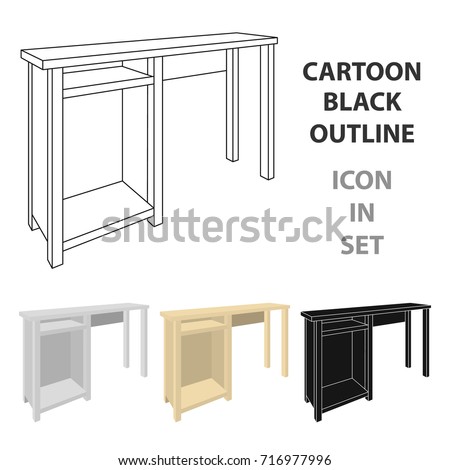Subject The Fascinating Experience Of Restoring Aged Cupboards, Introducing Untold Tales And Unlocking The Tricks Of Classical Times
Subject The Fascinating Experience Of Restoring Aged Cupboards, Introducing Untold Tales And Unlocking The Tricks Of Classical Times
Blog Article
Write-Up Written By-Stephenson Stefansen
To start the journey of bring back antique cupboards, you need a keen eye for information. Picture uncovering hidden secrets within each layer of history embedded in the wood. Picture the complete satisfaction of restoring a once-forgotten item to its former splendor. Every step of this precise process holds the key to protecting the past while producing a future heirloom. So, are you prepared to start this transformative venture and unlock the potential of your antique cabinets?
Analyzing the Closet's Problem
When beginning the reconstruction procedure, beginning by examining the problem of the antique closet. Very carefully analyze the general structure for any kind of indications of damage such as fractures, chips, or loosened joints. Inspect the wood for any kind of rot, warping, or insect infestation that may have occurred over time. It's vital to figure out the degree of the restoration required before continuing even more.
Next, inspect the cupboard's hardware such as hinges, knobs, and locks. Make mudroom storage solutions of any type of missing items or components that require repair or substitute. Make sure that all hardware is working correctly and safely affixed to the cabinet.
Furthermore, assess the cabinet's coating. Search for any scratches, discolorations, or discoloration that might affect the aesthetic appeal. Establish if the coating needs to be stripped and reapplied or if a basic touch-up will certainly be adequate.
Gathering the Required Tools and Products
After assessing the problem of the antique cabinet, the following step is to collect the necessary tools and products for the reconstruction procedure. Prior to https://home-additions-wheaton99876.get-blogging.com/28308541/partnering-with-a-dedicated-closet-maker-allows-you-to-fashion-your-living-setting-right-into-an-individualized-sanctuary-where-every-information-is-meticulously-planned-and-carried-out-with-precision begin, ensure you have the complying with items handy:
- wood cleaner
- sandpaper in various grits
- wood filler
- paint or timber stain
- brushes
- gloves
- security goggles
- a dust mask
- a ground cloth
- a putty knife
- a hammer
- a screwdriver
- a hoover
These devices and products are necessary for a successful reconstruction.
Timber cleaner is important for getting rid of years of dust and crud build-up, preparing the surface for fining sand. Sandpaper of different grits assists in smoothing out imperfections and preparing the timber for a brand-new coating. Timber filler is handy for fixing any kind of splits, openings, or dents present in the cupboard.
Repaint or wood discolor, in addition to brushes, allow you to customize the cabinet to your preference. Bear in mind to put on gloves, safety and security goggles, and a dust mask for protection. Lay down a drop cloth to protect your workplace, and use a hoover to tidy up any type of debris.
With these devices and products gathered, you prepare to start the remediation procedure.
Implementing the Reconstruction Process
To successfully perform the reconstruction process on your antique cupboard, begin by thoroughly cleaning up the surface with the wood cleaner. This step is crucial as it aids remove years of dust, gunk, and old polish that may have collected on the surface.
Once the closet is tidy and dry, assess the problem of the wood. Try to find any cracks, scrapes, or other damages that need to be resolved. Usage wood filler to fix any type of flaws, making certain to match the filler shade to the wood tone for a smooth surface.
After the fixings have dried out, carefully sand the whole surface area to develop a smooth and even base for the new coating. Be careful not to sand too strongly, as you do not intend to harm the wood beneath.
When the sanding is total, use a timber tarnish or finish of your selection, following the manufacturer's directions. Allow the finish to completely dry completely before applying a protective leading layer to ensure the longevity of your recovered antique cupboard.
Verdict
Since you have completed the restoration procedure, your antique closet looks as good as brand-new.
By adhering to the detailed overview, you had the ability to analyze, repair, and enhance its problem with ease.
With a fresh coating and protective leading coat, your valued item will remain to shine for several years ahead.
source for this article in the appeal of your brought back antique cabinet!
